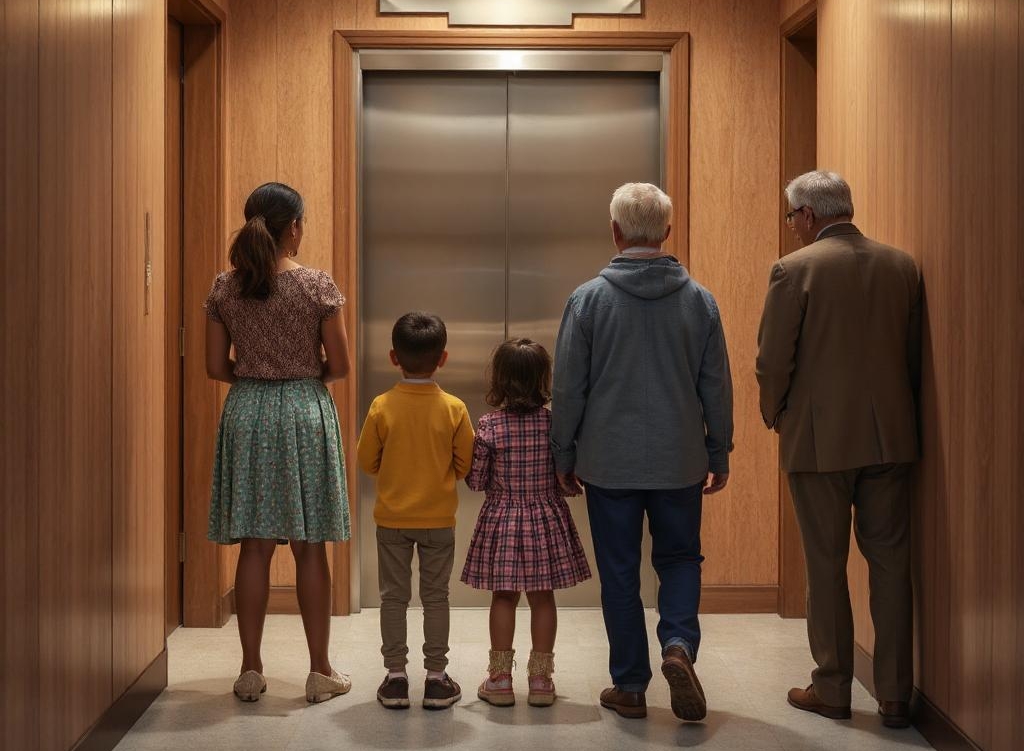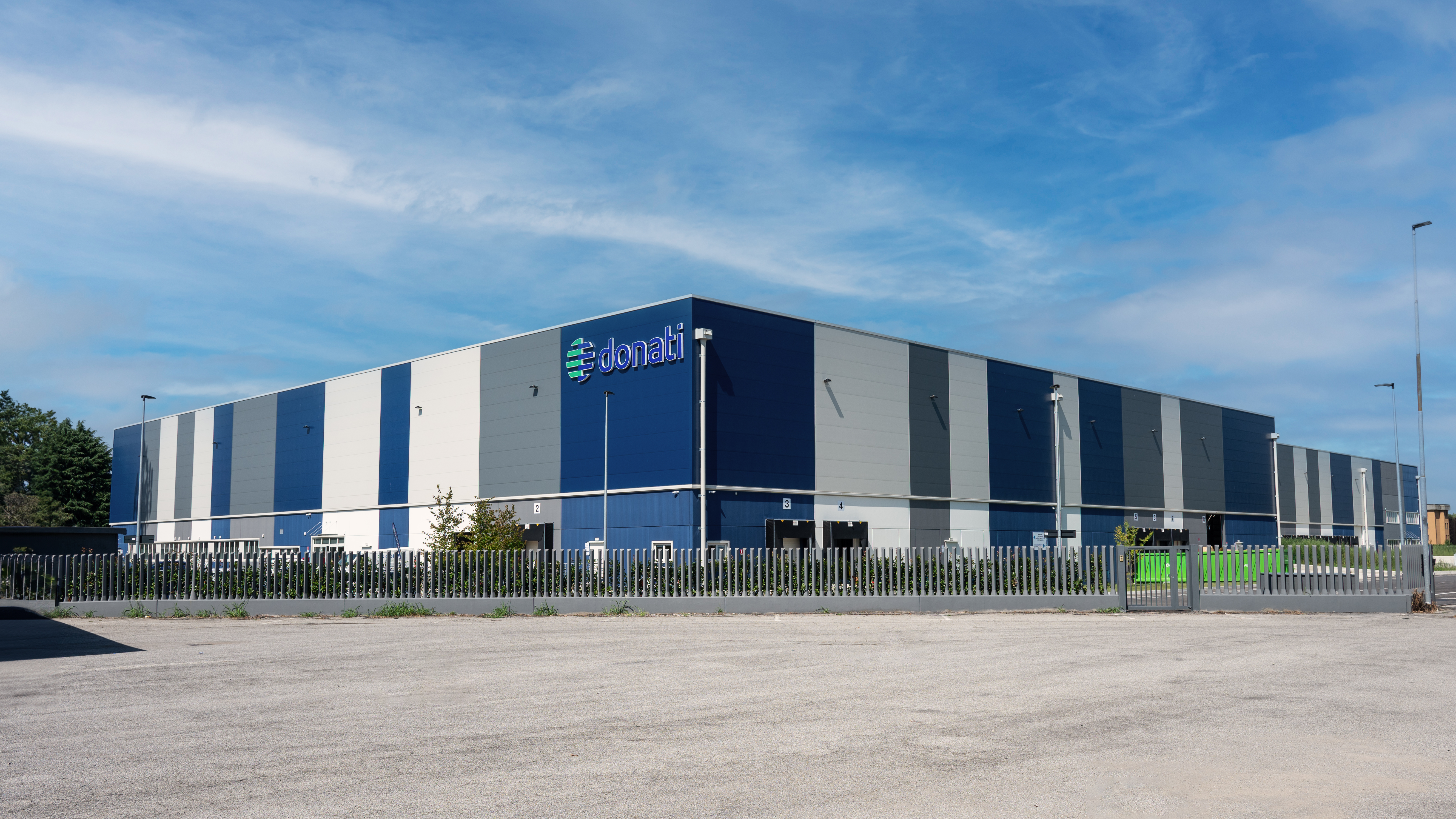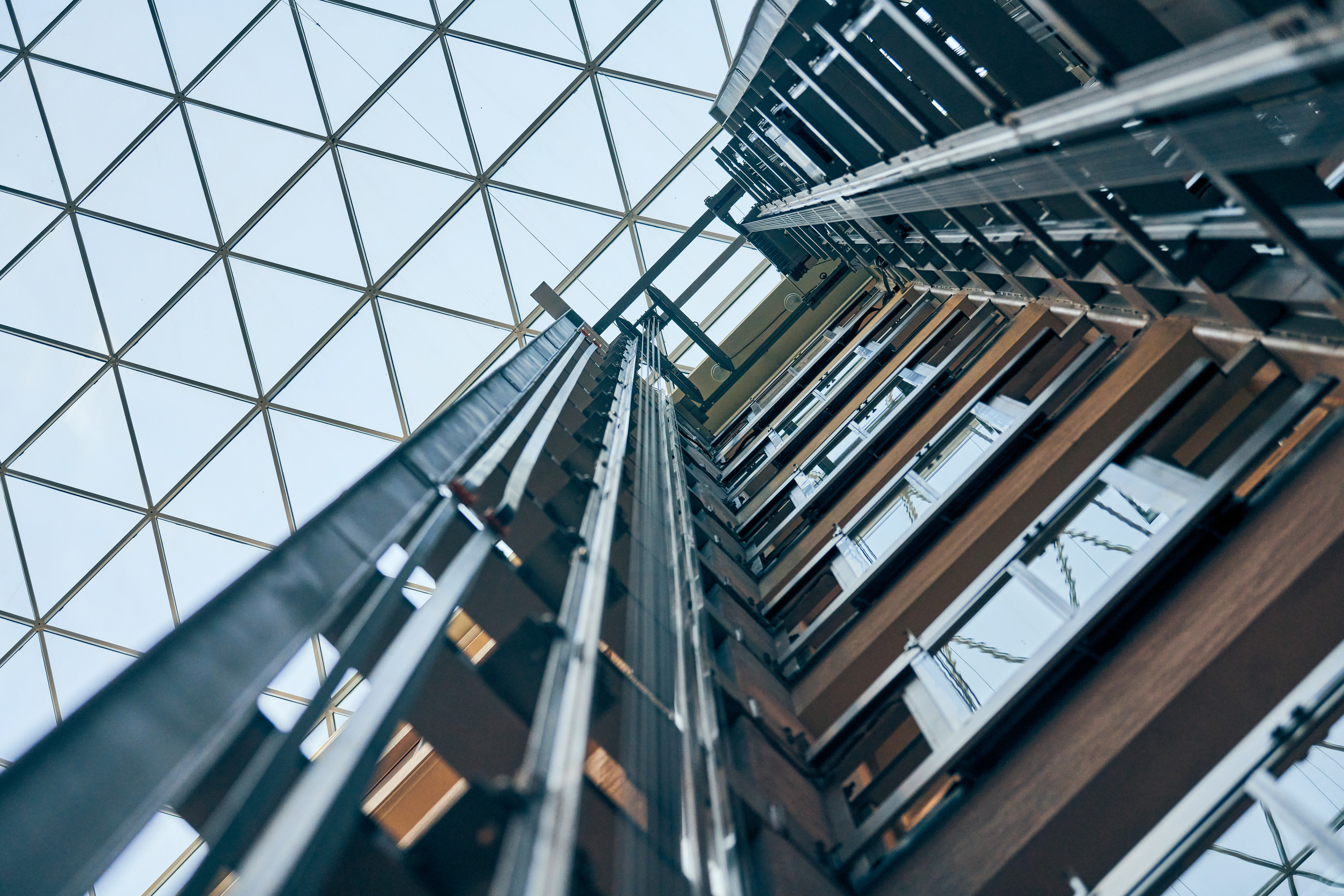Looking at the XXXIII Cresme Economic and Forecast Report the construction market, in the three-year period 2020-2022, recorded more than 232 billion investments, 91 billion more than in 2019, with an increase of 20.4% in 2021 and 14.9% in 2022 - thereby creating a virtuous cycle also in terms of hiring, in fact 460 thousand more jobs will be created in 2022 compared to 2019; as a result, the sector's contribution to GDP will rise to 13.9%: the highest in Europe.
The growth of the last two years was certainly fuelled by tax incentives for building renovation or NRRP funds, which is why the outlook for 2023 also remains positive.
As Cresme points out, a growth of +41.7% in new public construction works is expected, providing further momentum that will certainly also have positive repercussions on the horizontal and vertical mobility chain.
In the residential sector, the trend will probably be reversed, in relation to the reformulation of bonuses, but it is precisely this sector that in recent years has seen, in the face of an evolving market, considerable changes and avant-garde solutions, in line with the new requirements of energy saving and building aesthetics, and will certainly have to continue to adapt.







